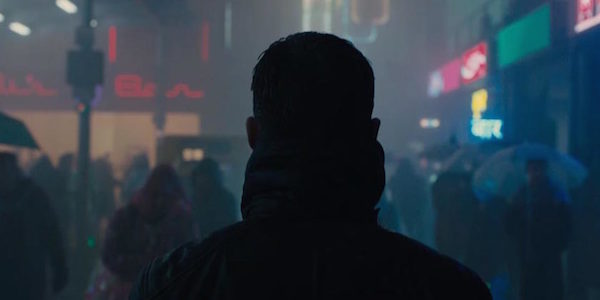
“LOS ANGELES NOVEMBER, 2019.” So, with that stark title card, begins the film that presented the most fully realized vision of the city’s future in cinema history to that point — and maybe still to this day. It also fixed its setting in the Western imagination as the go-to image of urban dystopia, though when Blade Runner premiered almost three and a half decades ago, that date must have felt comfortably distant. Now, a week before the year 2017 begins, Los Angeles may have got on track to become a densely built metropolis with high-rise-lined streets filled night and day with activity (and not just of the vehicular kind) later than Ridley Scott and company imagined, but the transformation looks well underway nevertheless.
Before its completion, however, it looks as if Hollywood will treat us to a new Los Angeles of the future with the sequel Blade Runner 2049, whose teaser hit the internet just last week. Speculation about a second Blade Runner movie has gone on for years and years, at least since the first’s recovery from its dismal initial release with improved director’s cuts and breathless critical re-evaluations. We know so far that the sequel will, like the original, take place in Los Angeles and feature Harrison Ford as Rick Deckard, the ex-LAPD artificial human-hunting (and possibly artificial human-being) Blade Runner of the title. Set 30 years after the events of Blade Runner, it will also introduce such new characters as its comparatively young protagonist, another Blade Runner called Officer K and played by Ryan Gosling (veteran of such impressive, and impressively dissimilar, recent Los Angeles movies as Drive and La La Land).
Blade Runner, dating as it does from an era of American fear and trembling over the skyrocketing value of the yen, posits a thoroughly Japanified Los Angeles: neon signs in untranslated kanji, ramen stands on the sidewalks, and most iconic of all, product-endorsing video geisha towering hundreds of feet in the air. That was, in some sense, the movie’s least fanciful element, given the number of businesses, properties, and towers in Los Angeles (downtown as well as over in Century City, that onetime downtown of the future) either built or purchased by Japanese money. Nobody could then have foreseen that Japan’s economy would stall out in the 1990s, taking whatever plans it may have had to render America its economic colony right off the table.
Read the whole thing at the Los Angeles Review of Books.